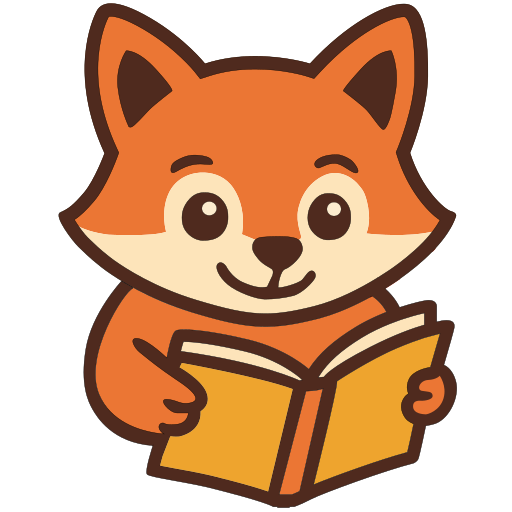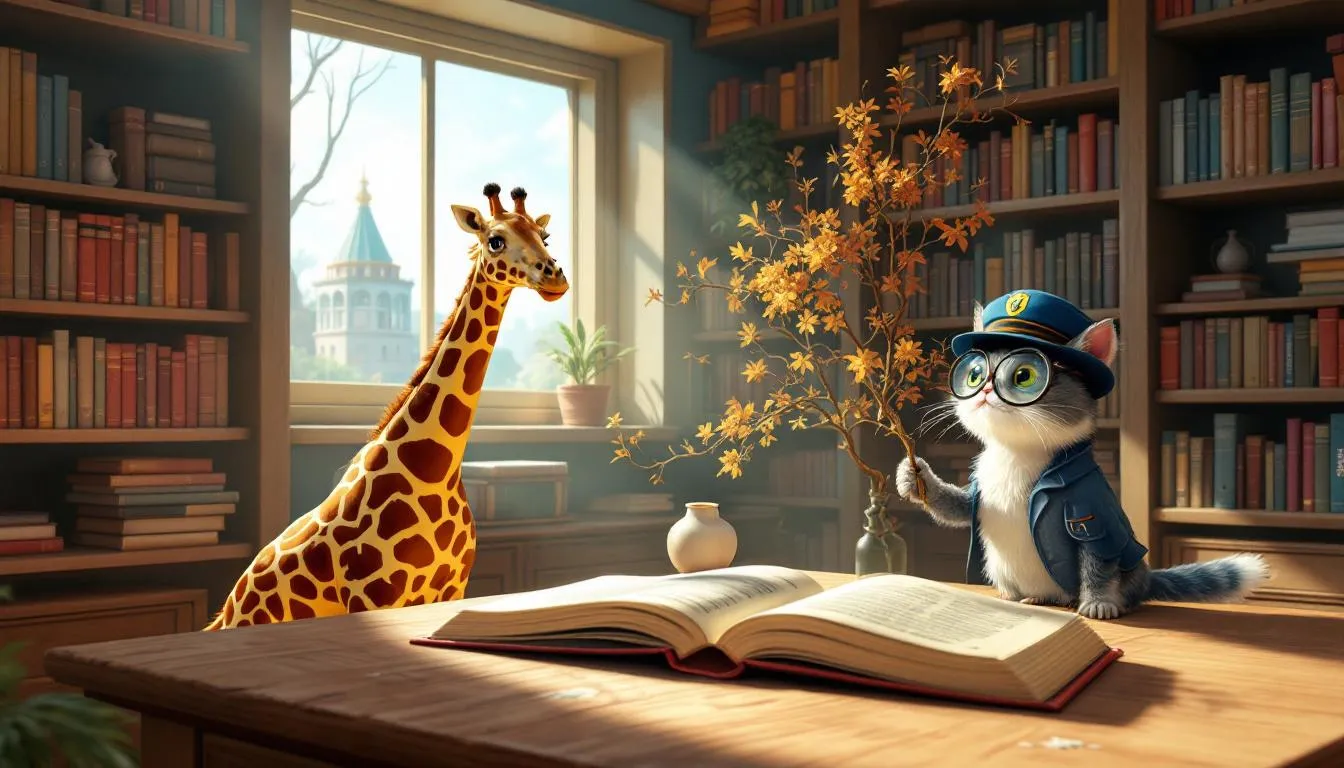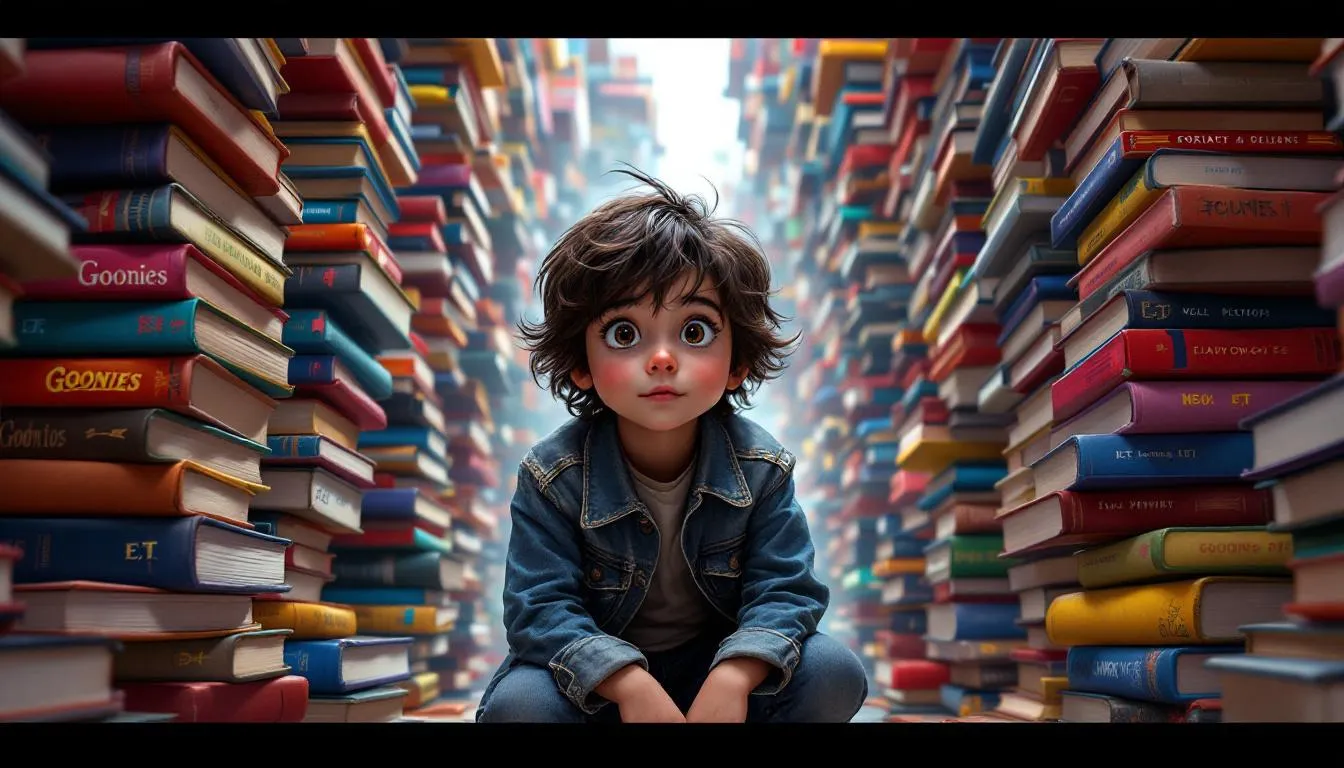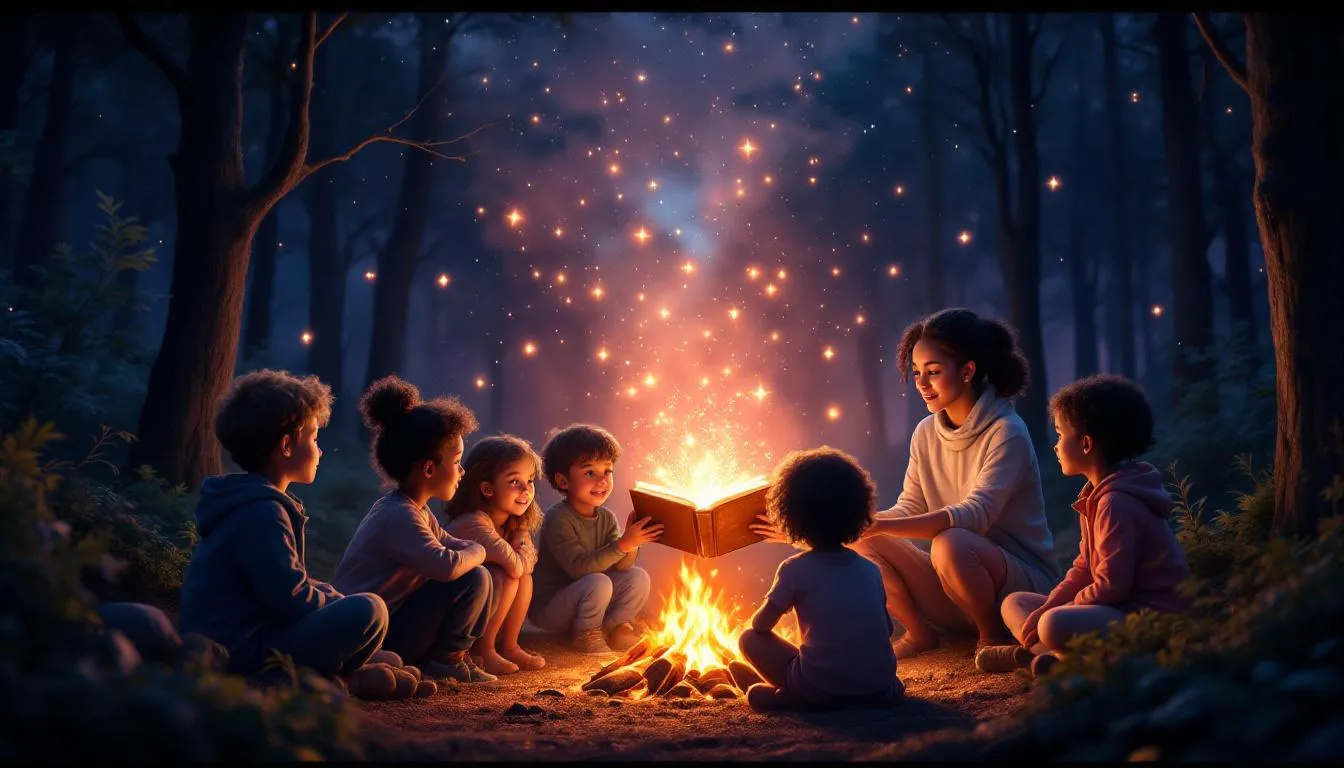Selecting books that challenge and engage young readers is a rewarding yet intricate task. As parents, we seek books that spark curiosity and nurture a love for reading while remaining age-appropriate. The key is finding books that balance complexity and engagement, offering both a challenge and an enjoyable reading experience.
In choosing such books, we empower young readers to grow both intellectually and emotionally.
Table of Contents
Why Choose Challenging Books for Young Readers?
Choosing challenging books for young readers is like offering them a treasure map with the promise of discovery. These books are not just about the words on the page; they’re portals to new worlds, ideas, and lessons that shape their growing minds.
Cognitive development takes center stage when young readers dive into challenging books. They encounter new vocabulary and complex sentence structures that stretch their comprehension skills. I remember when my daughter first tackled “Harry Potter and the Philosopher’s Stone.” She stumbled over words like “philosopher” and “transfiguration,” but her vocabulary soared, and her confidence grew with each page.
Emotionally, these books are goldmines. They introduce young readers to characters with depth and stories layered with themes like friendship, courage, and resilience. When children read about characters facing moral dilemmas or overcoming fears, they develop empathy and a deeper understanding of human emotions. I’ve seen kids profoundly moved by books like “Charlotte’s Web,” where themes of life, loss, and friendship are beautifully intertwined.
Engaging stories with intriguing plots and twists captivate their imagination. It’s like giving them a puzzle to solve, which is both thrilling and rewarding. This balanced complexity not only maintains their interest but also advances their reading skills, making them eager for the next challenge.
Let’s explore how to balance age-appropriateness with challenge in selecting the right books.
What Makes a Book Age-Appropriate Yet Challenging?
Finding the sweet spot where a book is both age-appropriate and challenging is like crafting the perfect recipe; it requires just the right mix of ingredients. Here’s how to achieve that balance:
Balancing Vocabulary with Comprehension
When selecting books, it’s crucial to balance advanced vocabulary with concepts within the child’s grasp. Think of it as giving them a puzzle that’s just the right level of tricky. For example, while my son was reading “The Secret Garden,” he was intrigued by the mysterious language but could still follow the story without getting overwhelmed.
Advanced Language Meets Understandable Concepts
The best books use complex language to describe familiar situations or emotions. Books like “The Chronicles of Narnia” offer a rich vocabulary while exploring themes like family and adventure that children can relate to. It’s like planting seeds of knowledge that gradually bloom as they read.
Age-Appropriate Themes and Content
Themes should resonate with the reader’s life stage. Books that cover friendship, self-discovery, and perseverance help them relate and reflect on their own experiences. I remember my daughter’s fascination with “Anne of Green Gables,” which mirrored her own struggles with fitting in and finding her unique voice.
Emotional Maturity and Suitable Topics
Children should be ready to handle the themes presented. A book about loss, for example, might be too intense for a child who hasn’t yet developed the emotional tools to process it. As a parent, I gauge this by observing how my children respond to similar discussions in real life.
When we choose books that challenge our young readers without overwhelming them, we set the stage for a lifelong love of reading. This careful selection opens doors to endless adventures and learning experiences.
What Are Some Recommended Books for Voracious Young Readers?
I’ve curated a list of some fantastic books that can both challenge and engage young readers, each bringing its own special charm and complexity.
- “Harry Potter and the Philosopher’s Stone” by J.K. Rowling: This magical adventure is perfect for readers aged 9 and up. It introduces a whole new world of witchcraft and wizardry, sparking imagination while gently nudging vocabulary skills.
- “The Chronicles of Narnia” by C.S. Lewis: Starting with “The Lion, the Witch and the Wardrobe,” children aged 8 and above will enjoy rich language intertwined with themes of bravery and friendship.
- “Charlotte’s Web” by E.B. White: Ideal for readers around 8 to 10 years old, this heartwarming tale is a beautiful exploration of friendship and loss, offering depth with approachable language.
- “Anne of Green Gables” by L.M. Montgomery: This classic is great for readers aged 10 and up. Anne’s adventures and her quest for identity resonate with young readers navigating their own self-discovery journeys.
- “The Secret Garden” by Frances Hodgson Burnett: Targeted at ages 9 and above, this book combines mystery with the healing power of nature, challenging young minds with its descriptive prose.
- For young readers interested in classic science fiction, the Heinlein juveniles series offers engaging stories that can expand their horizons.
These books are not only engaging but also encourage young readers to explore complex themes and expand their vocabulary. They are stepping stones, leading to a deeper love for reading. Let’s consider how to support our children on their literary adventures.
How Can Parents Support Their Child’s Reading Journey?
Encouraging a love for reading in children is like planting a garden; it requires patience, care, and the right environment to flourish. One of the first steps is nurturing a reading habit. I remember when my son was little, we created a cozy nook with pillows and fairy lights just for reading. This made reading feel special and encouraged him to retreat into his “book haven” whenever he wanted some adventure.
Creating a conducive reading environment is vital. It’s not just about the physical space but also the atmosphere. Keeping distractions at bay is key. Turn off the TV, put away the gadgets, and let the room bask in the quiet serenity that books deserve. I found that setting aside dedicated reading time daily was transformative for my kids. Whether it was 20 minutes before bed or a quiet Sunday afternoon, having a routine made reading a cherished ritual. For a truly unique and engaging experience that makes reading special, KidTeller creates a personalized storybook where your child is the hero. Just upload a photo, and we’ll generate a custom book filled with adventures made especially for your toddler or young child – magical, memorable, and uniquely theirs.
Engagement is crucial. Discussing the books they read opens up a world of understanding and connection. Dive into discussions about themes and characters to deepen their understanding. For instance, when my daughter read “Anne of Green Gables,” we talked about Anne’s struggles and triumphs, which mirrored some of her own experiences at school.
Encouraging critical thinking through open-ended questions adds another layer. Ask them why they think a character made a certain decision or how they might handle a similar situation. This sparks their imagination and helps them connect the dots between fiction and reality.
As we look to nurture a lifelong love of reading, there are simple, effective steps we can take to support and guide our young readers.
Key Takeaways
- Challenging books boost cognitive growth by introducing new vocabulary and complex themes.
- Emotional development is nurtured through stories that explore empathy and resilience.
- Choose books that balance complexity with age-appropriate themes for an engaging experience.
- Create a dedicated, distraction-free reading space to cultivate a lifelong love for reading.
- Actively discuss books with your child to deepen understanding and encourage critical thinking.
Nurturing a child’s love for reading is a journey filled with discovery and joy. Embrace the adventure, and watch your young reader blossom!







